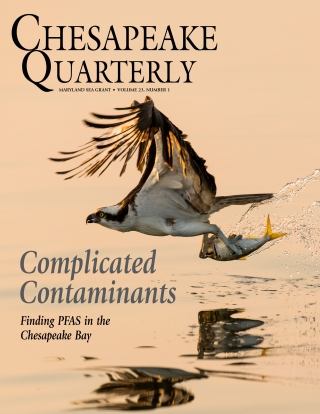Eight students will be presenting the summer work at the Ocean Sciences Meeting in March 2022!
Students Research Presentations: Determination of the side-reaction coefficient of the trihydroxamate siderophore desferrioxamine B in metalfree seawater
Year:
2016Authors:
Schijf, J. and S. Burns*Source:
Ocean Sciences Meeting, New Orleans, Louisiana
Abstract:
Desferrioxamines are a class of trihydroxamate siderophores, members of which occur in surface seawater at low-picomolar concentrations. The total synthesis of desferrioxamine B (DFOB), achieved in the late 1980s and prompted by its use in the treatment of human iron overload disorders, has ensured a steady commercial supply enabling extensive laboratory studies of its properties. While highly specific for Fe3+, DFOB binds many di-, tri-, and tetravalent metals with substantial affinity and has consequently been employed as a model for strong organic ligands that ostensibly dominate the speciation of several bioessential metals in the ocean, yet remain largely unidentified. Such comparisons are only meaningful if we know the side-reaction coefficient of DFOB in seawater, which accounts for its binding with the divalent cations Mg2+ and Ca2+. Although quite weak, this has a potentially important effect on the availability of the free ligand, due to the great abundance of these sea salt constituents.
We have performed potentiometric titrations to measure the sequential binding of Mg and Ca to the three hydroxamate groups of DFOB, quantified by stability constants β1, β2, and β3. Values of β1 are reported for the first time, however no evidence was found for binding with the terminal amine of DFOB and the corresponding stability constant β was thus omitted from the regression model constructed to fit the titration curves. We also examined Mg and Ca binding to methanesulfonate (MSA), a common DFOB counter-ion, by measuring the stability of their complexes with acetohydroxamate in the presence and absence of MSA. Whereas stabilities of metal–MSA complexes have not been published, their similarity to sulfate complexes suggests that MSA may compete with DFOB for Mg and Ca in the titrations. Our calculated side-reaction coefficient is consistent with a previous estimate, but should properly be expressed in terms of protonated forms of DFOB, resulting in a much lower value.






































